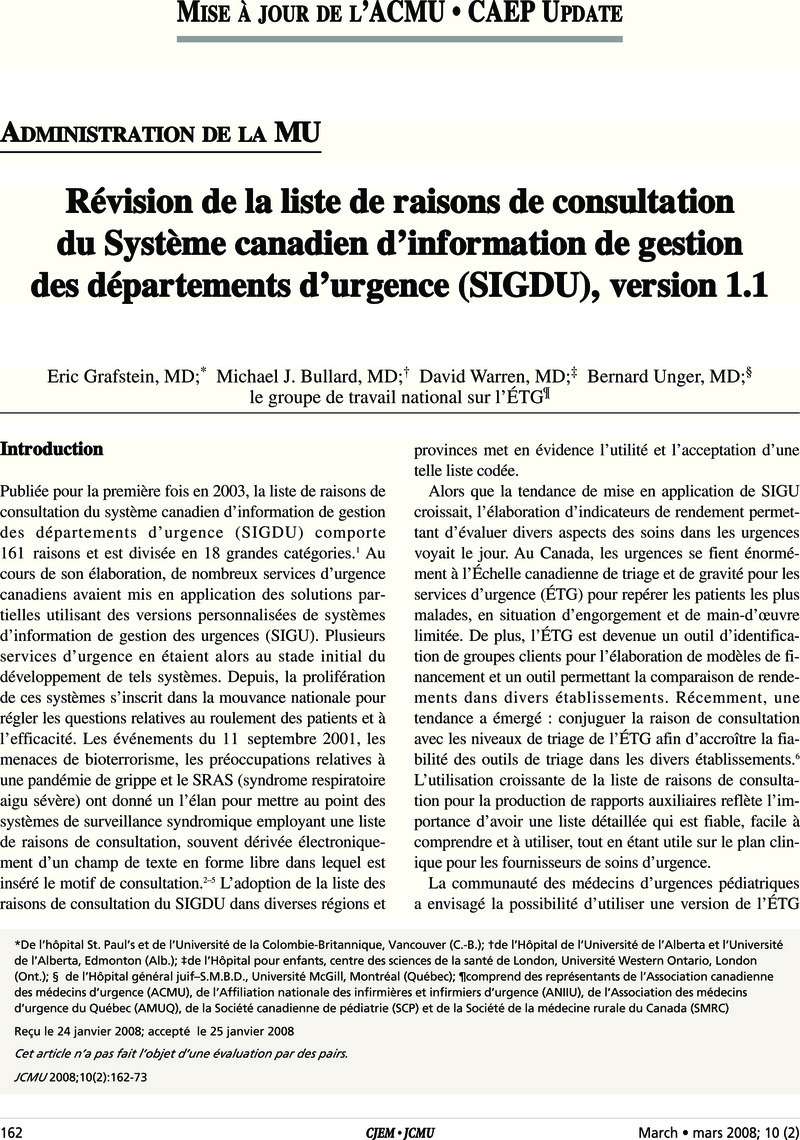Crossref Citations
This article has been cited by the following publications. This list is generated based on data provided by Crossref.
Di Pierdomenico, Lionel
Leclercq, Pol
Senterre, Christelle
Delo, Caroline
Martins, Dimitri
and
Pirson, Magali
2014.
Activité et financement du personnel soignant aux urgences.
Journal de gestion et d'économie médicales,
Vol. Vol. 31,
Issue. 5,
p.
247.



